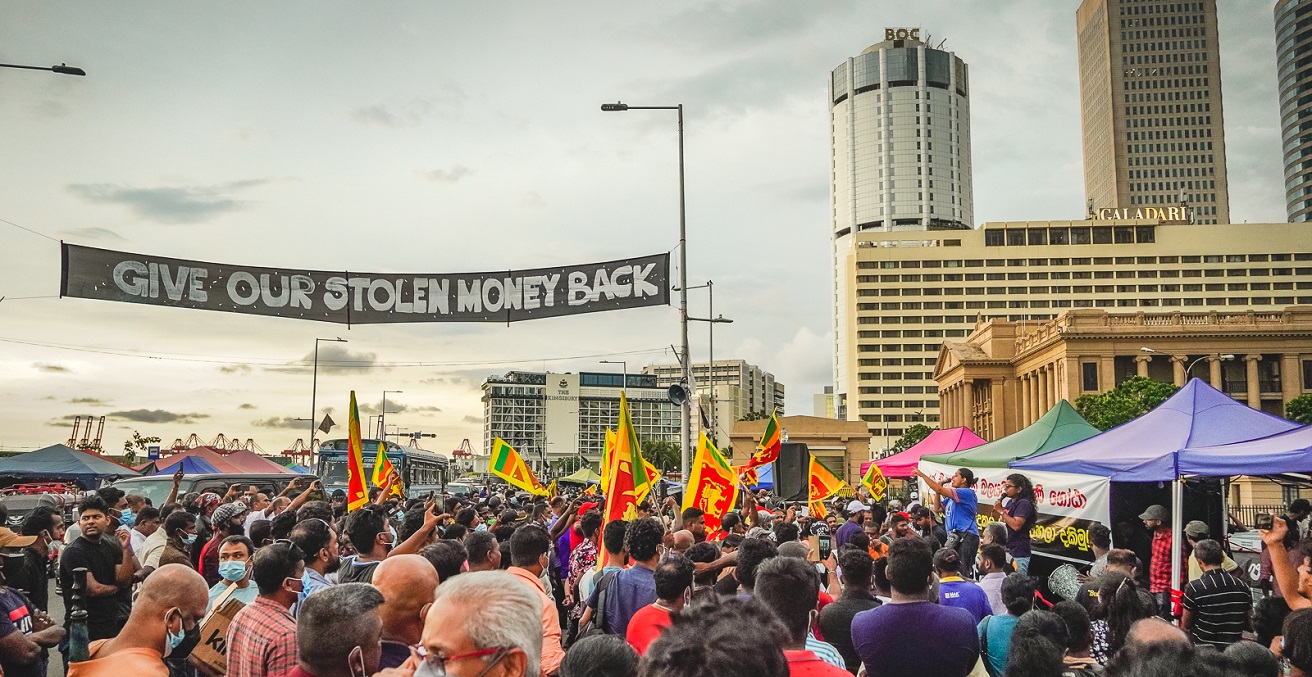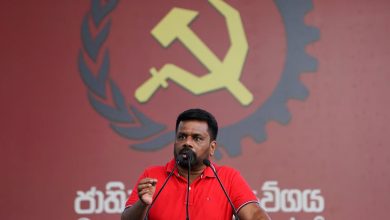SRI LANKA’S CHALLENGING PATH TOWARD ECONOMIC STABILITY AND RECOVERY
Australian Institute of International Affairs - 07 September 2022
Sri Lanka’s economic crisis of 2022 has been over a decade in the making. The new government has a difficult recovery ahead.
Sri Lanka’s economic crisis reached a tipping point in January 2022. The government decided to fully repay a maturing sovereign bond of US$500 million while foreign reserves were wafer thin and essential imports could not be financed. Sri Lanka had never defaulted on its international commitments, and the government wanted to preserve this track record. Yet, the precipitous slide in economic conditions had gone too far, and the majority of citizens were suffering.
Between January and July 2022, Sri Lanka’s foreign currency crisis worsened, with no ability to finance fuel, cooking gas, essential medicines, and many food items. Already imports of automobiles, consumer durables, and construction materials had been restricted or outright banned. Though economists saw this coming for years, it was only in April 2022, when the government announced a historic debt default, that the penny dropped and the economy collapsed. Public uprising against the government grew, eventually resulting in the ouster of President Gotabaya Rajapakse, Prime Minister Mahinda Rajapakse, and other Rajapakse family members who held Cabinet positions.
Growth Model in Question
Much of the recent media coverage and external commentary of the crisis has focussed on what has happened in the last couple years than long-term trends. Sri Lanka has experienced years of economic mismanagement and a flawed growth model pursued in the years after the civil war ended in 2009.
The post-war boom prioritised public debt-driven infrastructure spending, private investment in domestic non-tradable sectors like real estate and property development, and a lack of fiscal discipline. Many export-oriented sectors were consistently under-supported, and tourism was over-relied upon.
Debt service payments racked up, and foreign revenue-earning sectors narrowed. Warnings by Sri Lankan economists and multilateral development banks about the underlying weakness went ignored for years. Politicians, their politicised public officials, and prominent industry leaders who were close to them dismissed any concerns as “fear mongering.”






